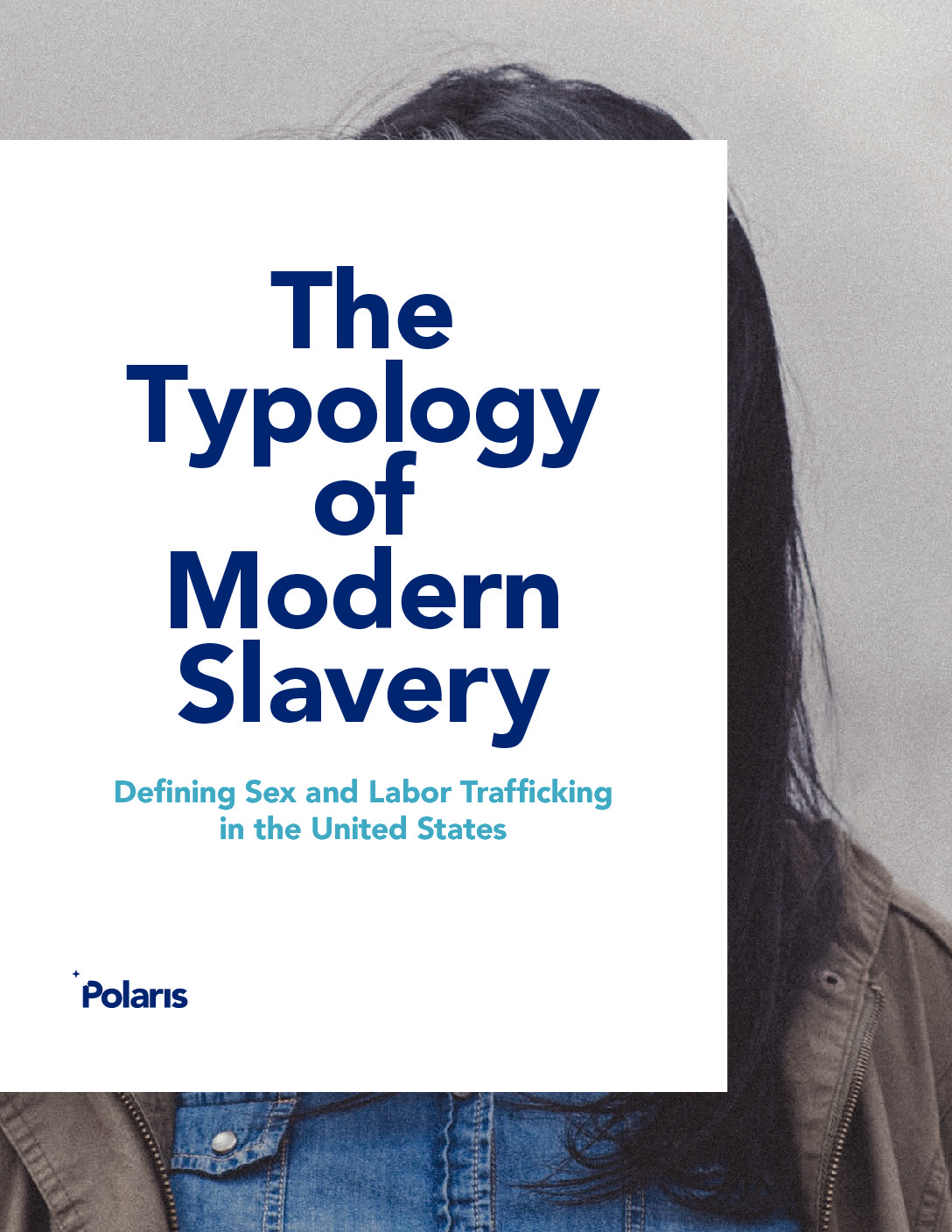
Part 2: Discussing Trauma with Children
This blog post is Part 2 of our Back-to-School Series on Human Trafficking. To read the previous blog, click here.
Talking with children about human trafficking is an important first step in preventing their exploitation. But just talking with children about such a disturbing topic can be extremely intimidating. How does one even begin to generally address trauma with children?

Traumatic stress is a term that can encompass so many different emotions and responses, specifically when it involves children and adolescents. In fact, many parents become stressed when their child is involved in a traumatic event. As a result, the entire family benefits from increased support as the effects of trauma are resolved. Keep in the mind that after a traumatic event, a child may need to speak with a professional.
Research has shown that some children respond to traumatic events based on their caregiver’s response. Therefore, it is very important for the parents and other caregivers to utilize healthy coping skills such as effective communication. Communicating with children in an appropriate way is incredibly important and helps a child to understand that they are not alone during and/or after the event. Giving children permission to talk about a traumatic experience allows them to feel a sense of support, openness, and an understanding that they can talk to you without fear of judgment, disappointment or punishment.
If something a child says surprises you, don’t appear alarmed or upset. Welcome them to continue sharing about that topic with open-ended questions, as opposed to close-ended questions, where the only possible answer is “yes” or “no”. Examples of open-ended questions include, “what happened when….” or “can you tell me what happened next?”
Throughout the conversation, listen to the child speak without interrupting, judging, or criticizing. Allow your child to express himself or herself completely. Beware of your facial expressions and body language, as those often communicate judgment or acceptance. Be empathetic and compassionate in your responses; never use language that could make the child feel like they were at fault.
Whether you are a parent, work for a youth-serving organization, or are a mentor for a child, it is essential that you are prepared to have these conversations. Keep a list of resources handy in the event a child discloses information that requires follow-up. If the child needs to speak with a professional, please find a trauma-informed clinician or clinical social worker. Often times, a child’s pediatrician can act as a referral source.
Below is a list of additional resources where you can find more information on childhood traumatic stress. Be sure to research what resources are available in your local community.
- youthSpark
- NEST Educators
- National Child Traumatic Stress Network
- JoyUs Beginnings Child & Family Wellness Center and The Trauma Resource Institute, LLC
And continue to check in with the Human Trafficking Search blog this month to learn about how to foster an environment in which children feel comfortable speaking up, specific conversation starters to use to discuss human trafficking, how to answer difficult questions, and more.
This blog was original published on the Human Trafficking Search Blog here.
youthSpark is a non-profit organization based in Atlanta, GA that works “to provide education and training, resources and counseling to protect youth who are at risk of sexual exploitation, transitioning them to healthy, productive lives.” We want to create a world where no child becomes a victim of child sex trafficking and no individual ever buys or sells another human. For more information about our work to end child sex trafficking through prevention and early intervention, please visit our website atwww.youth-spark.org.
